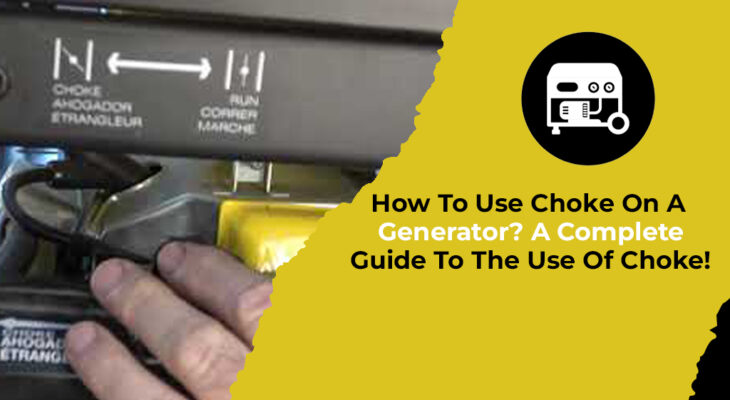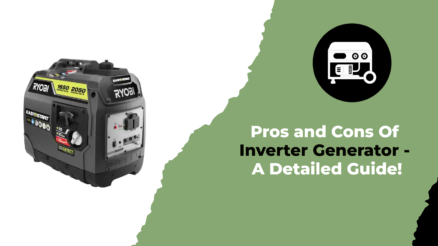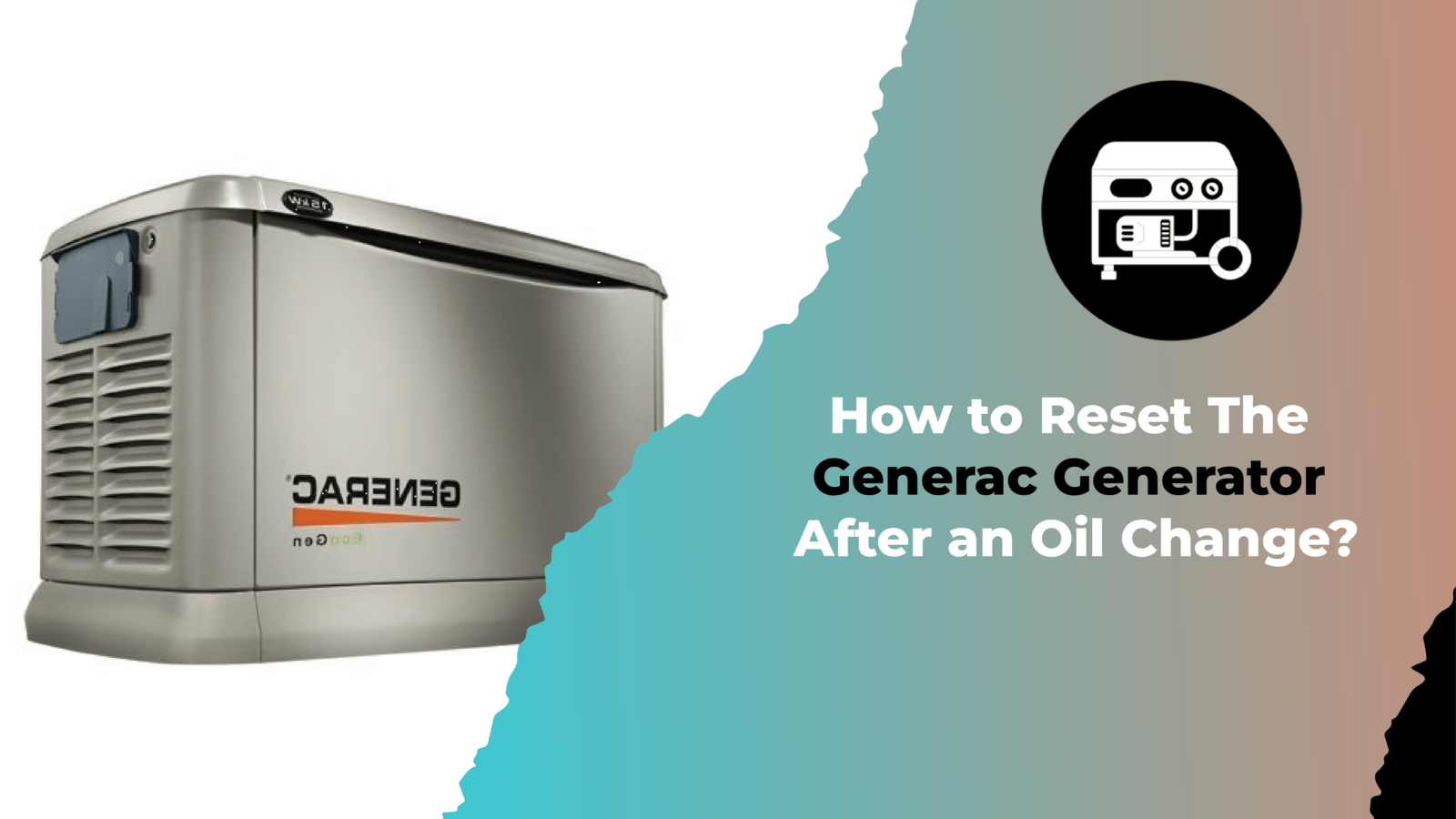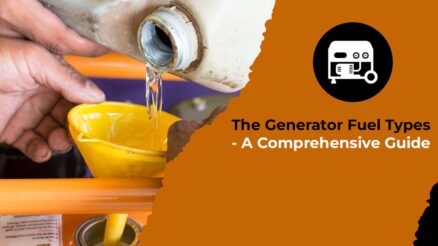We all know that a generator is an essential tool when power is out, or you are travelling in remote locations. The backup power provided by generators ensures that essential appliances and devices continue to function. It is crucial, however, to understand how generators work correctly in order to maximize their efficiency and longevity. One essential aspect of generator operation is the proper utilization of the choke.
In generators, the choke regulates the air-fuel mixture required for smooth starting and operation. The importance of using the choke correctly cannot be overstated, yet many people fail to do so, which results in difficulties starting the generator or even damage to the engine.
By explaining how a choke works on a generator, and what should be the choke position for starting the generator, hopefully, we will clarify its use for you. In this article, we will discuss the purpose and function of chokes, and provide step-by-step instructions on when and how to use them.
Should the generator choke be on or off? Well, you will learn how to master the proper use of the choke by reading this article, whether you are an experienced generator user or a novice looking to gain a better understanding of generator operation. Here’s your opportunity to learn about the generator choke and enhance the experience you have with generators. Let’s get started!
Firstly, What’s the Purpose of a Choke on a generator?
In a generator, the choke regulates the mixture of air and fuel required for smooth starting and operation. As a result, it increases fuel concentration in the mixture by restricting air entry into the carburettor. The choke provides a combustible mixture that makes it easier for the engine to ignite during startup.
In cold starts, the choke becomes vital to provide a higher fuel-to-air ratio and the fuel does not vaporize efficiently. In addition to offering a combustible atmosphere for the engine, this richer mixture allows it to start promptly and smoothly.
Under heavy load or at low speeds, the choke compensates for insufficient airflow. As the choke restricts the air supply, it prevents the engine from stalling or surging by ensuring adequate fuel supply.

With warming up, the choke gradually opens or disengages as fuel vaporizes more effectively and the air-fuel ratio returns to normal. As a result of this adjustment, optimal performance and fuel efficiency are achieved while emissions are reduced.
In summary, the choke on a generator serves the crucial purpose of providing the correct air-fuel mixture during startup and compensating for insufficient airflow, ultimately facilitating smooth engine operation in various conditions.
You might want to read: How to Clean a Generator Carburetor?
Where is Choke Located?
It depends on the model and makes of the generator where the choke is located. However, in most portable generators with a carburettor-based engine, the choke is typically located near the air intake or carburettor assembly.
To locate the choke, examine the generator’s engine. Look for a lever, knob, or control mechanism near the air filter or carburettor. In some generators, the choke may be operated by a lever on the engine itself, while in others, it may be controlled through a separate switch or knob on the control panel.
The choke control is often labelled or indicated by symbols, such as “CHOKE” or “C.” It may also have markings to indicate different positions or settings, such as “Closed” and “Open.”
How to Use a Choke?
Generator chokes are typically operated in a few simple steps. It’s best to refer to your generator’s manual for detailed instructions since the process may vary depending on the model. In general, here’s how to use a generator choke:

- First of all, locate the choke control, which can be a lever, switch, or knob. Take note of the different settings or positions, such as “Closed” and “Open.” Usually, it is labelled or marked with symbols like “CHOKE” or “C.”
- The choke control should be set to “Closed” or “Choke” before starting the generator. This restricts the airflow, enriching the air-fuel mixture for easier starting.
- Start your generator. As part of this process, you usually have to engage the fuel valve, turn the ignition switch or pull cord, and activate any necessary priming mechanisms or fuel pumps. During this step, the choke should be closed, not in a fully closed position though.
- Let the generator warm up briefly after it is started. Temperature and generator model may affect the warm-up time. Specific instructions can be found in your generator’s manual.
- Once the engine has warmed up and become more responsive, gradually open the choke by moving the choke control to “Open” or “Run”. As a result, the air-fuel mixture is restored to its normal state for efficient operation.
- It may be necessary to adjust the choke during operation if the engine experiences surging or stalling. If this happens, move the choke control between “Open” and “Closed” until the engine runs smoothly.
What Should be the Position of Choke When Starting the Engine?
It is best to start the engine at half to three-quarters closed when it is cold, letting in as little air as possible. To start the generator, you must adjust the choke until the air and fuel inside reach combustion temperature.
With new models, this is usually pretty easy to accomplish as the filters are clean, the pistons are ready, and everything is shiny. It is even possible for the engine to start cold when the choke is fully open.
Is There a Problem If Generator Runs Only on Choke?
Generators that operate entirely on the choke and require the choke to remain closed or partially closed during operation indicate an underlying issue. There are several problems associated with running a generator solely on its choke:

Reduced Fuel Efficiency
Chokes restrict airflow, resulting in an overly rich fuel mixture for the engine. The generator’s efficiency may be reduced, and operating costs may rise because of excessive fuel consumption.
Carbon Buildup
The spark plugs and other internal engine components can accumulate carbon if the generator is run continuously with the choke closed. Eventually, the buildup can lead to misfires, reduced power output, and engine damage.
Engine Overheating
Due to the rich fuel mixture resulting from a closed choke, excessive heat is produced within the engine as a result of incomplete combustion. The engine can overheat if operated in this manner for a long period of time, potentially leading to engine damage.
You might want to read: Can the Generators Overheat?
Damage to the Engine is Possible
An engine and its components can be strained if a generator is operated solely on the choke. This can increase wear and tear, decrease engine life, and damage critical engine parts over time.
You should have your generator inspected and serviced by a qualified technician if it runs only on the choke.
Can You Leave the Choke Closed?
No, you cannot. Leaving the choke fully closed is not recommended as it can cause the engine to overheat and prevent it from starting. When the choke is closed, the engine has difficulty getting enough air to mix with the fuel for proper combustion.
As a result, the engine may struggle or fail to start altogether. It’s important to avoid fully closing the choke, especially in cold weather, as it can lead to flooding conditions where there is an excess of fuel and not enough oxygen for combustion to occur.
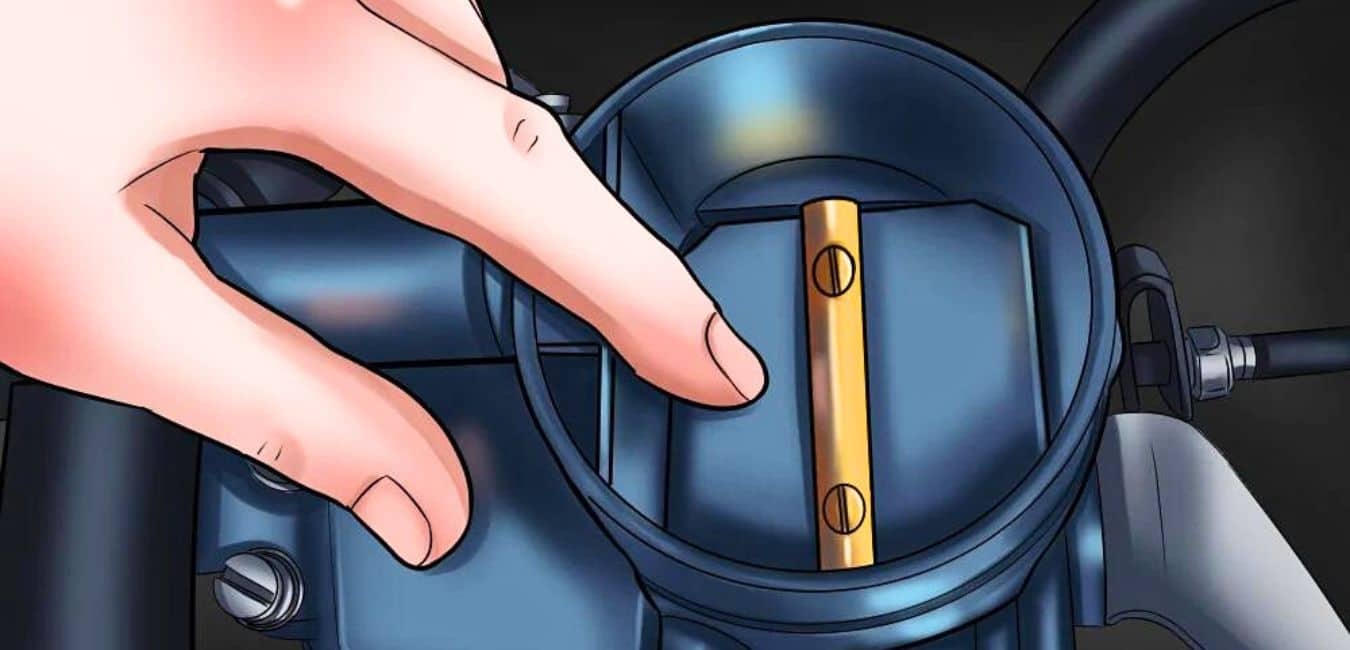
On the other hand, once the engine has started and is running, it is necessary to gradually open the choke to the fully open position. This is because as the engine works harder and reaches its operating temperature, it requires more air to maintain a balanced air-fuel mixture. Opening the choke fully allows for sufficient airflow and ensures the smooth operation of the generator.
In summary, when starting the engine, do not fully close the choke to avoid flooding. Instead, keep it partially open to allow the right amount of air for combustion. Once the engine is running, gradually open the choke to the fully open position to provide enough air for the engine to operate smoothly. Adjusting the choke position appropriately is crucial for proper engine performance and avoiding potential overheating or starting issues.
Does Choke Position Affect Fuel Consumption?
Yes, the position of the choke can affect fuel consumption in a generator. Running the generator with the choke in the closed or partially closed position for an extended period can lead to increased fuel consumption. The rich fuel mixture consumes more fuel than required for efficient combustion. This excessive fuel usage can result in higher operating costs and reduced overall fuel efficiency.
How To Know If the Choke is On or Off?
All generator engines, including older models, typically have clear markings on the choke to indicate the open and closed positions. You can easily determine the choke position by looking at the labelled letters or symbols. Additionally, you can also listen to the engine sound to gauge the choke status.
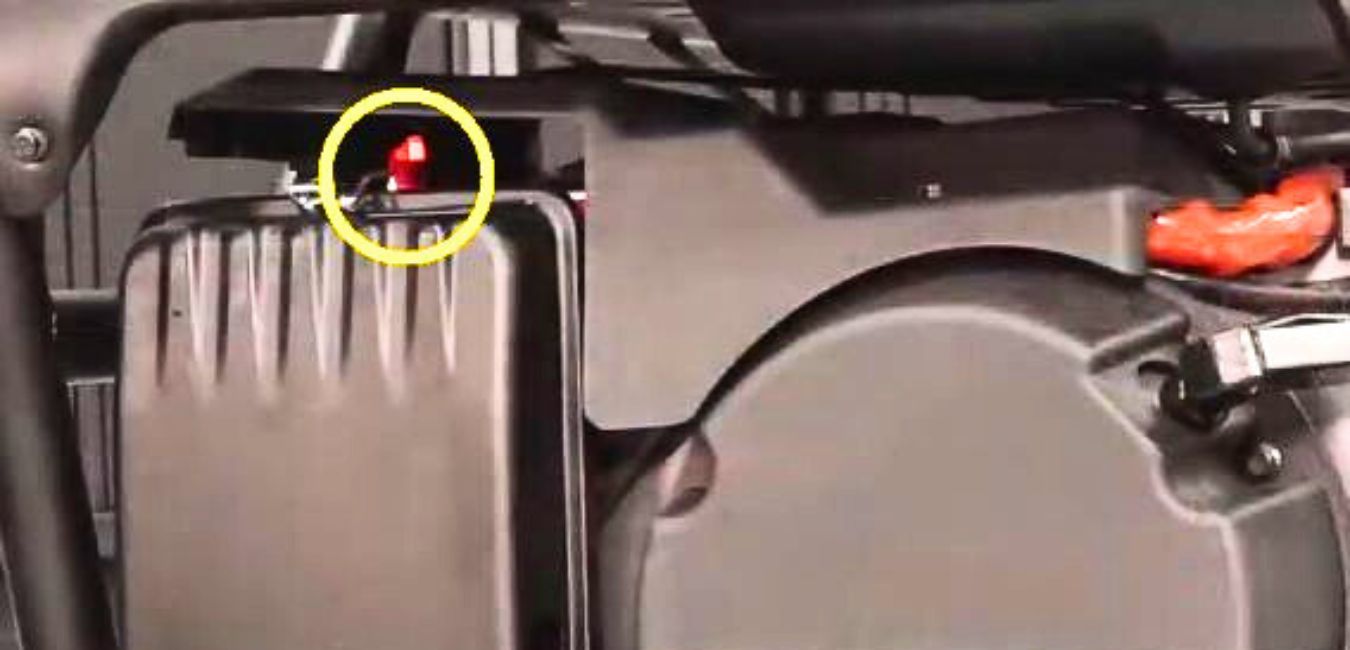
If the engine turns a few times and then abruptly stops, it is an indication that the choke is fully open. On the other hand, if you find it difficult to turn the engine and there are no signs of combustion sounds, it suggests that the choke is closed.
How To Use Choke On A Generator – FAQs
Conclusion
In conclusion, understanding how to effectively use the choke on a generator is vital for proper operation and optimal performance. The choke plays a crucial role in regulating the air-fuel mixture during startup and under certain operating conditions.
Always refer to the generator’s manual or manufacturer’s guidelines for detailed instructions on choke usage. We really hope that using the knowledge gained from this article will allow you to effectively use the generator’s choke.


